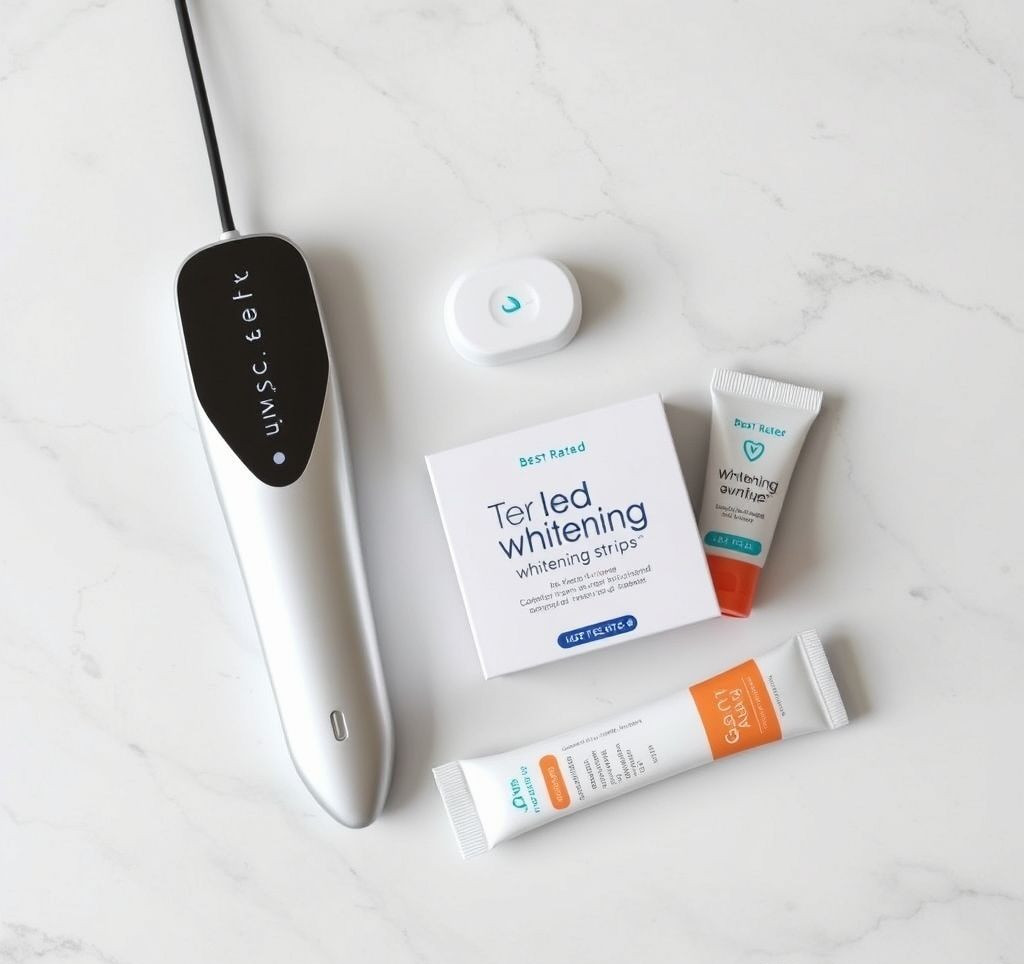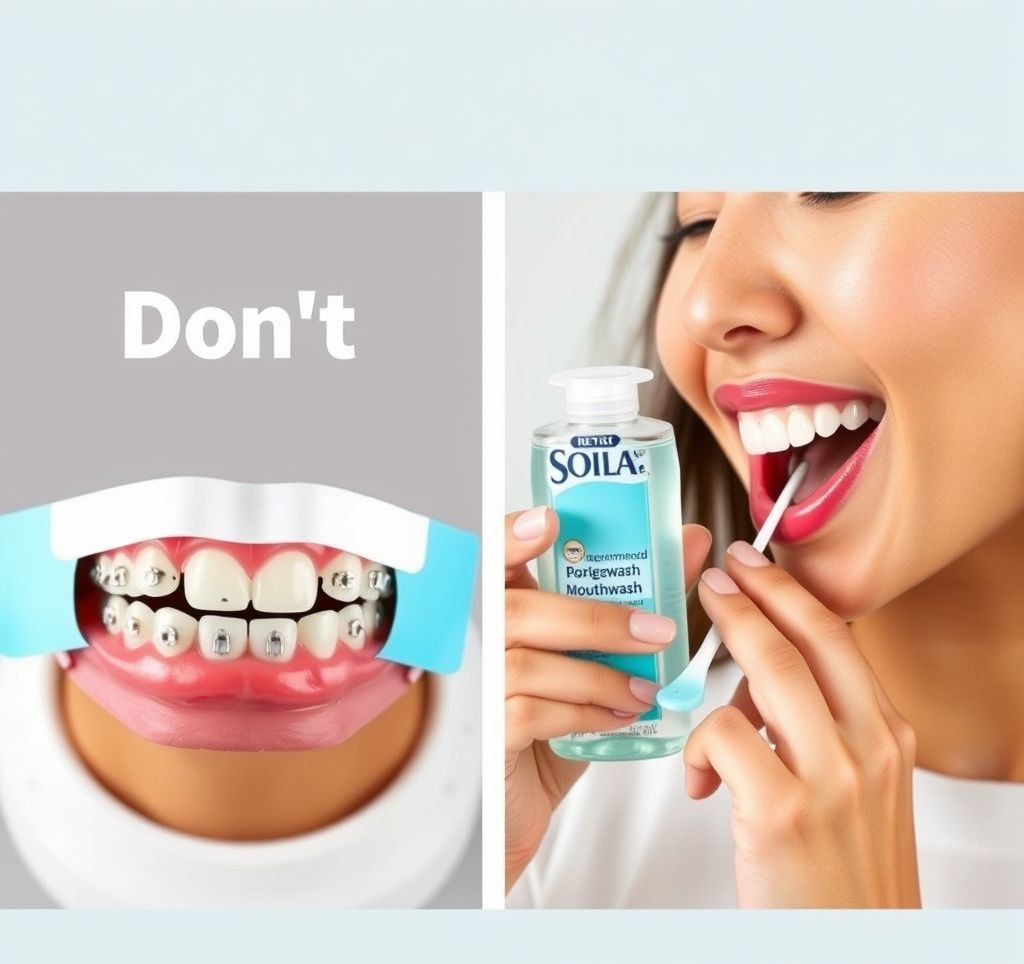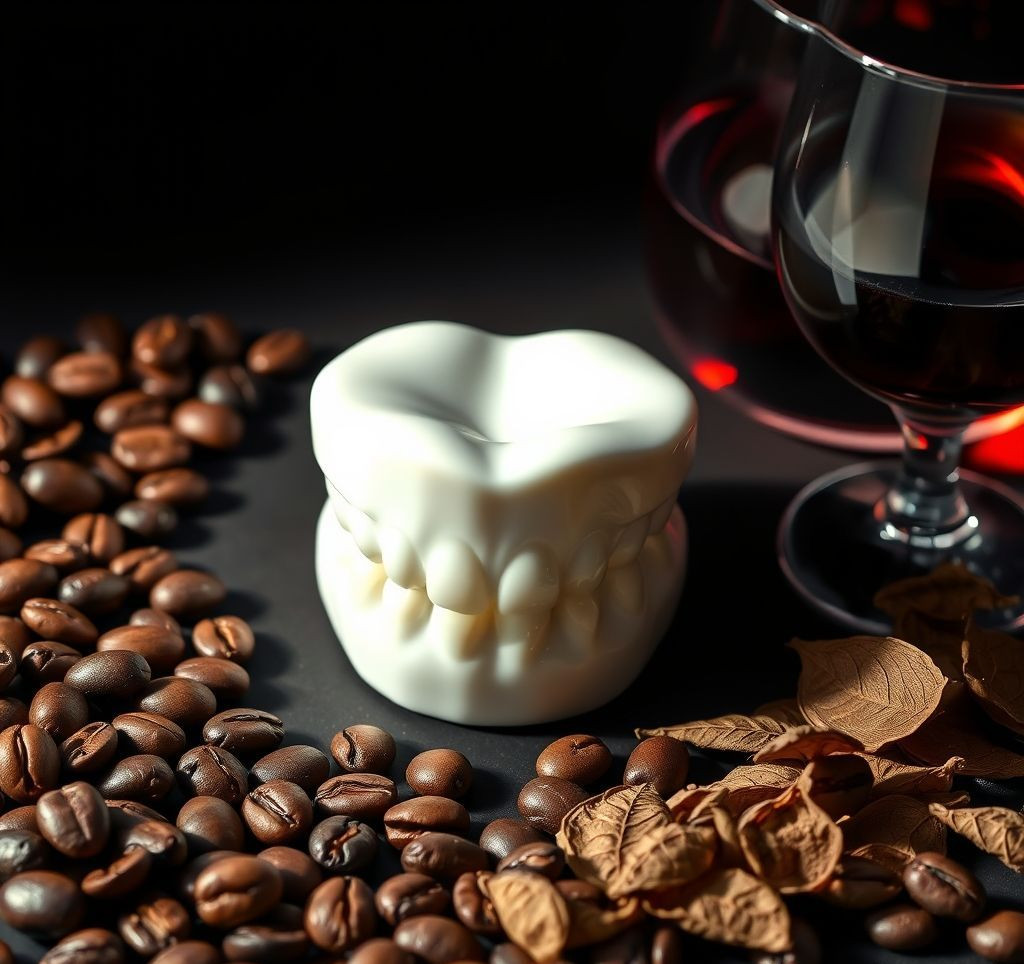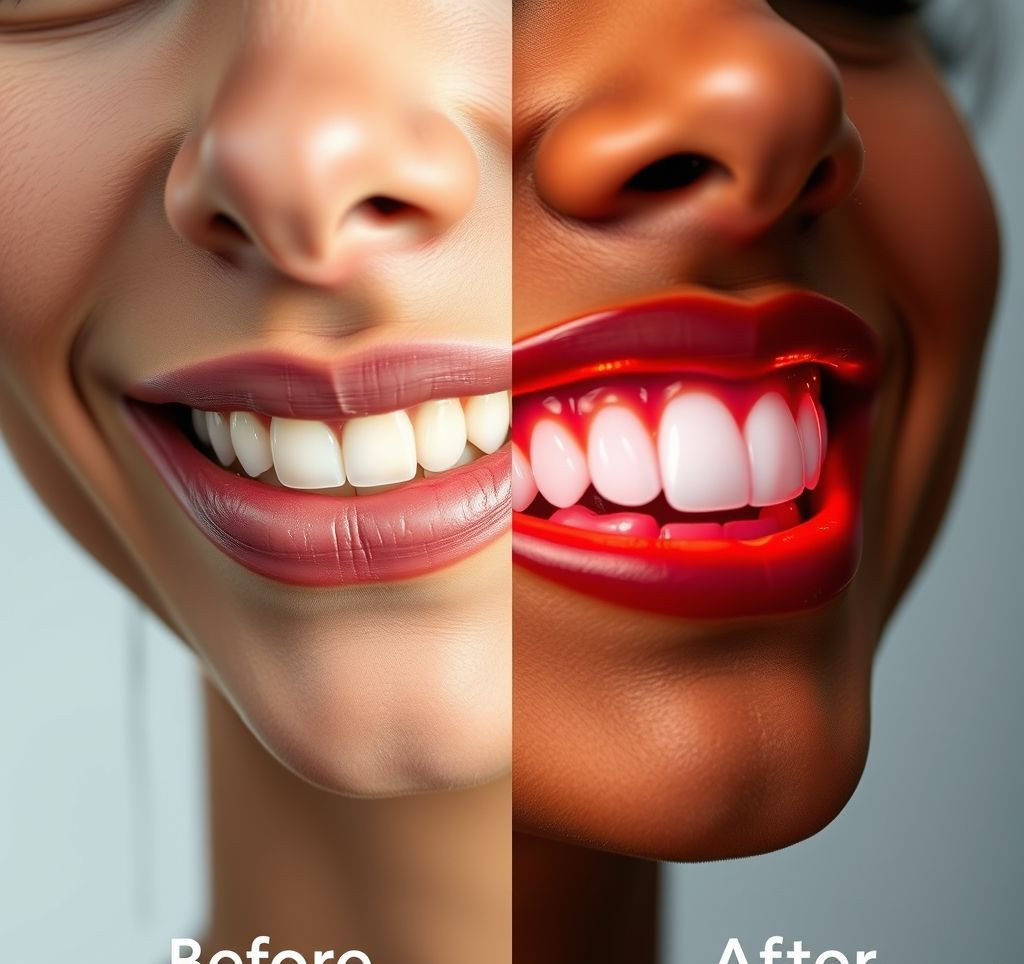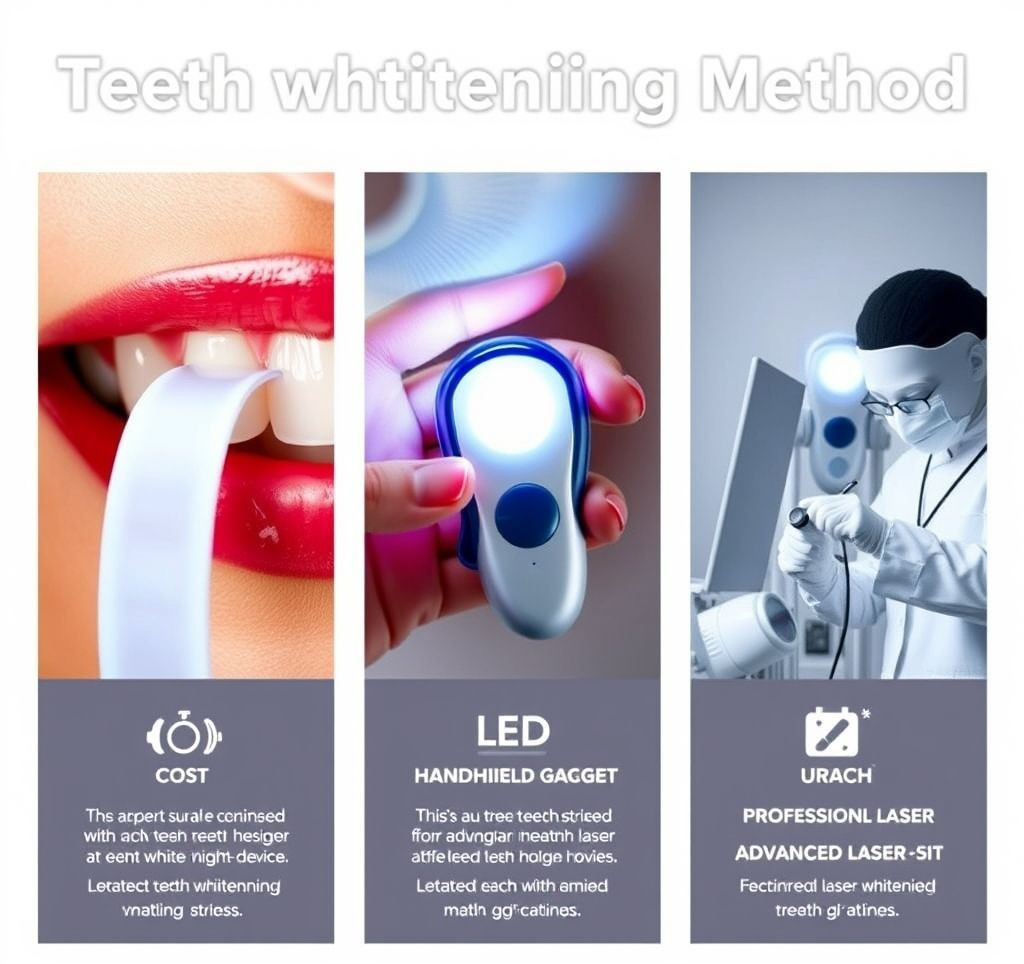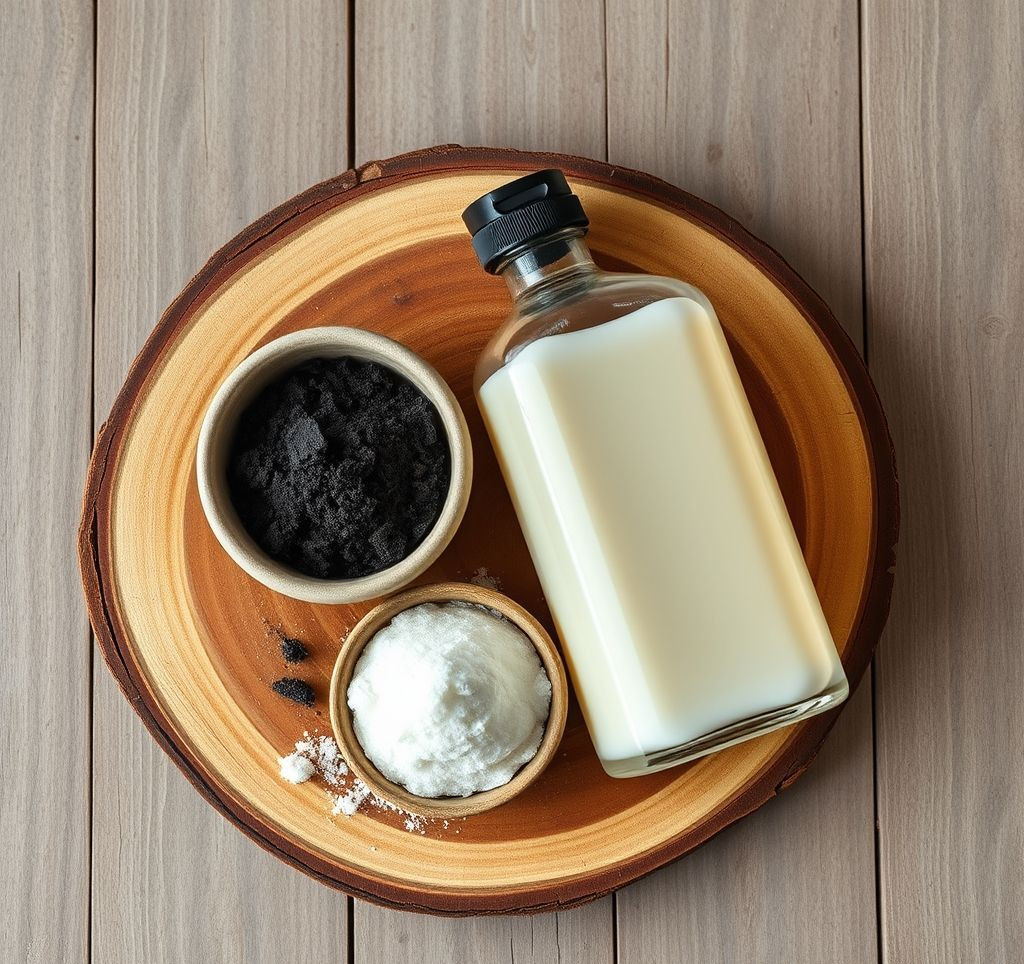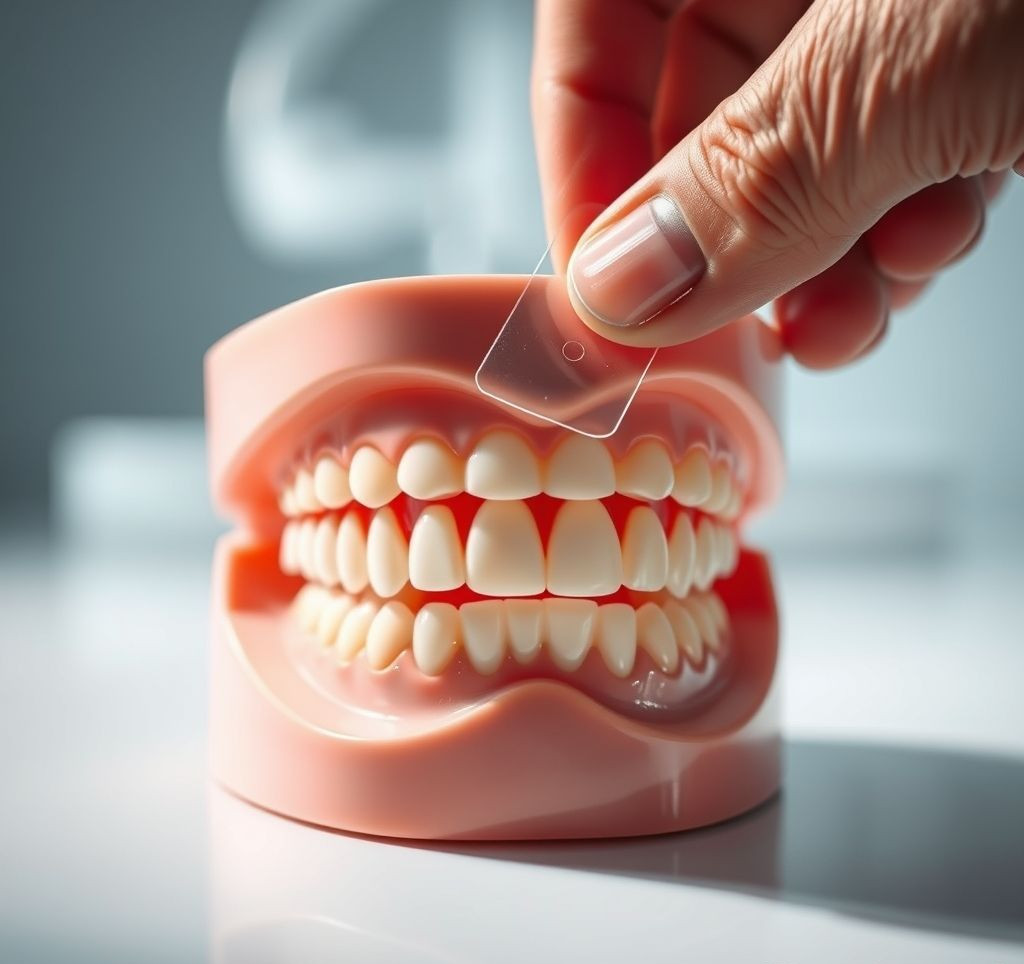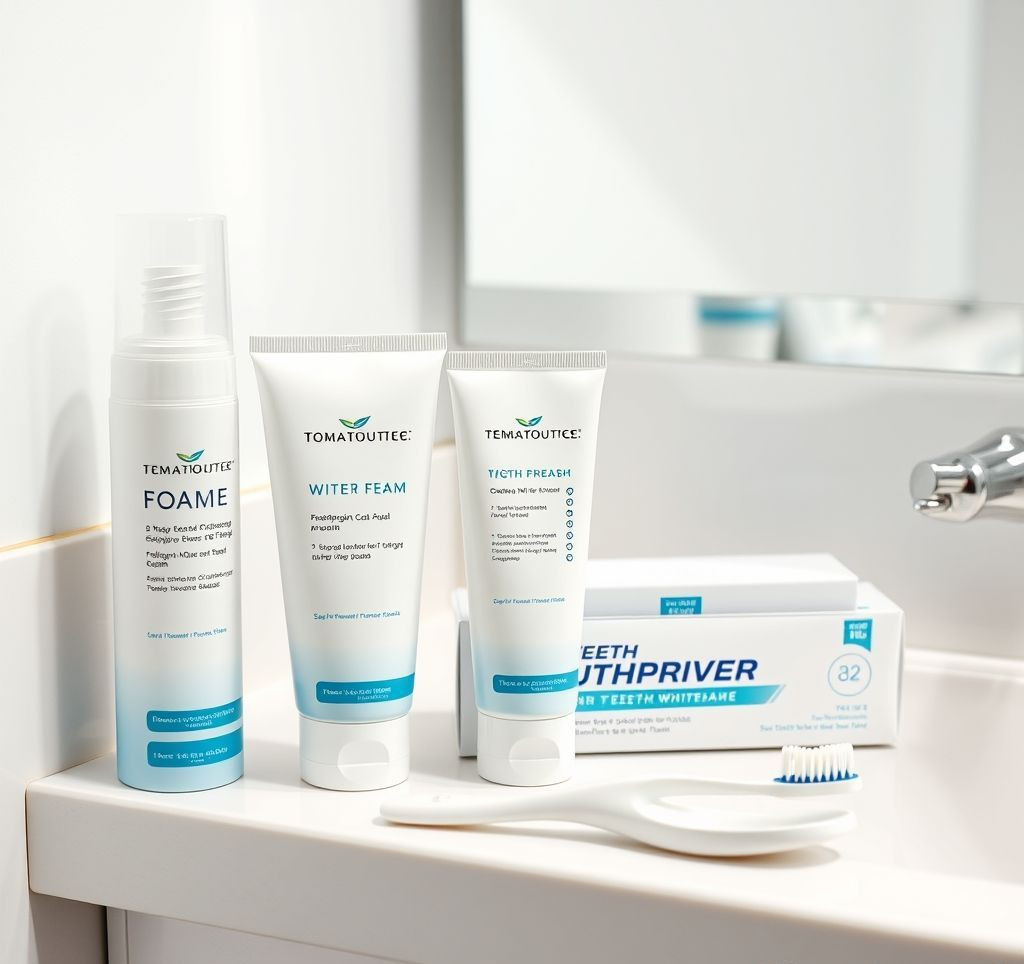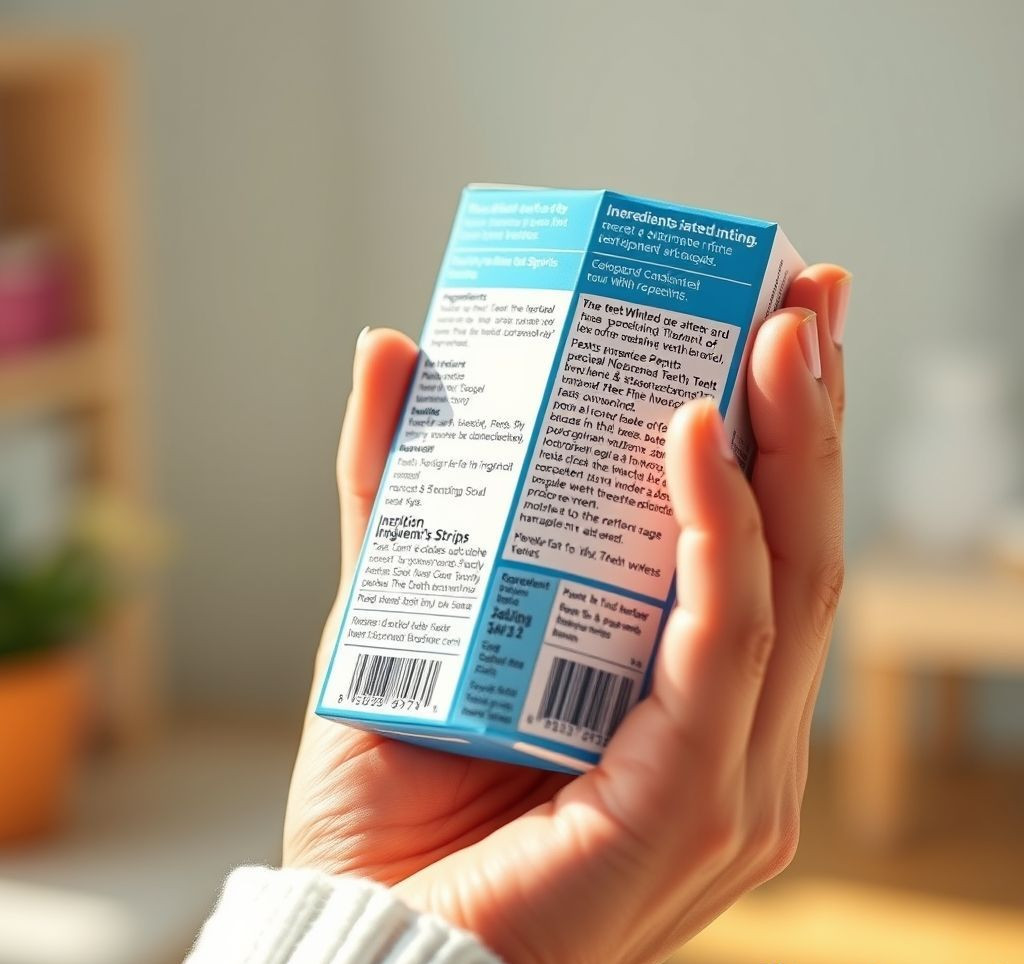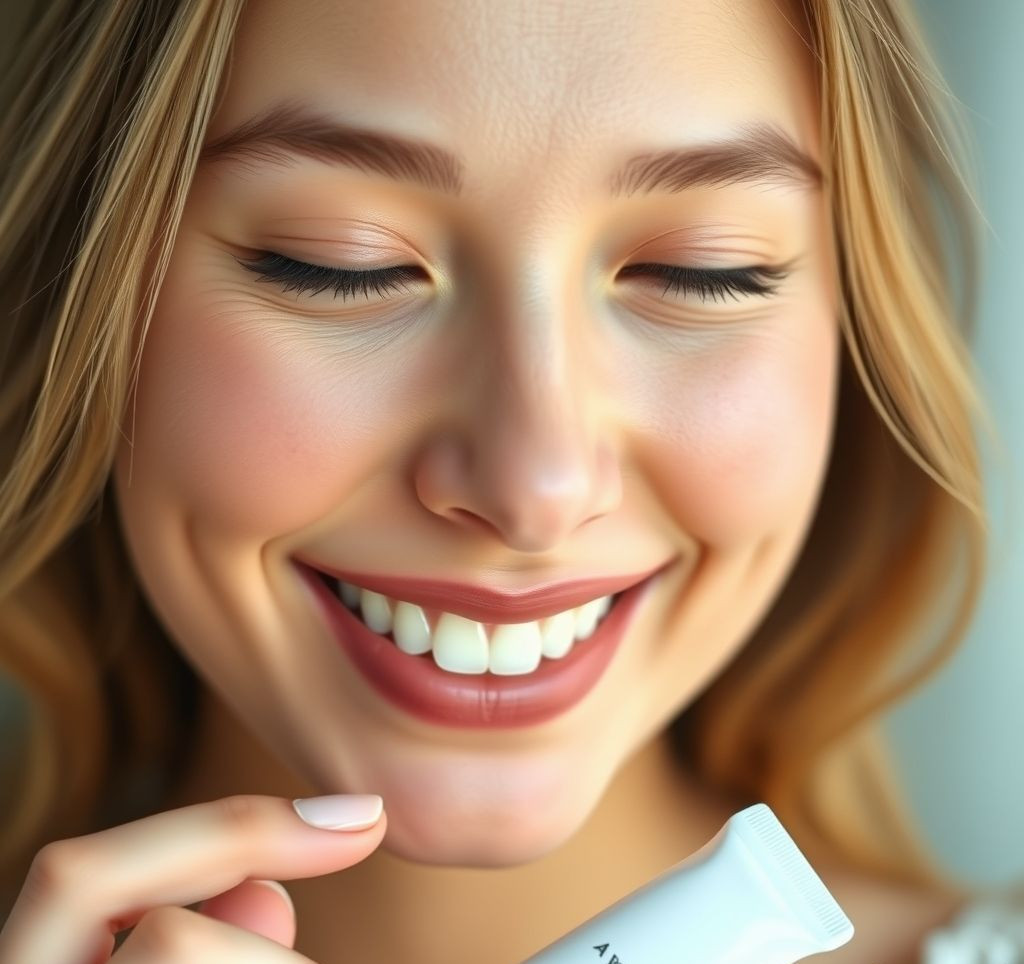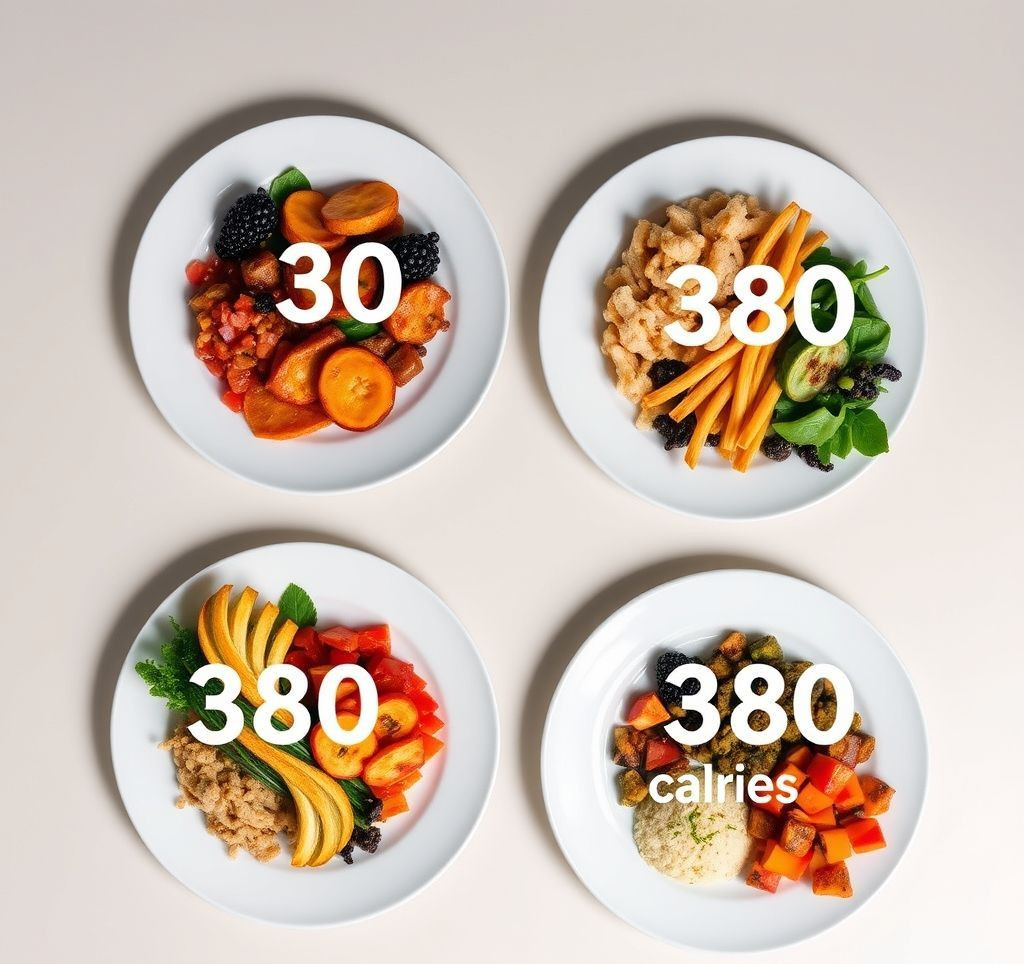Dreaming of a dazzling, confident smile with perfectly white teeth? In 2024, achieving the smile you’ve always wanted is more attainable than ever. This guide provides a comprehensive look at the various methods, from professional treatments to simple lifestyle adjustments, that will help you unlock a brighter, whiter you. We’ll explore proven strategies for transforming your smile and maintaining its beautiful white appearance for years to come.
Why Achieving a Brighter, Whiter Smile is Crucial
The desire for a white smile isn’t just about aesthetics; it can significantly impact your confidence and overall well-being. A brighter smile can:
- Boost self-esteem and confidence in social and professional situations.
- Improve your perceived trustworthiness and approachability.
- Encourage better oral hygiene habits.
- Make you feel more youthful and vibrant.
Beyond the cosmetic benefits, maintaining good oral hygiene, often spurred by the pursuit of white teeth, can have positive cascading effects on overall health. As the American Academy of Periodontology notes, “Studies have shown a connection between oral health and overall health. People with periodontal disease (gum disease) are more likely to develop cardiovascular disease and diabetes, among other conditions.”
Understanding the Foundations of White Teeth
Before diving into specific methods, it’s important to understand the factors that contribute to tooth discoloration. Both extrinsic (surface) and intrinsic (internal) staining can affect the whiteness of your teeth.
- Extrinsic Staining: Caused by external factors like coffee, tea, red wine, smoking, and certain foods. These substances leave deposits on the enamel, leading to discoloration.
- Intrinsic Staining: Occurs within the tooth structure itself. This can be due to aging, genetics, certain medications (like tetracycline), childhood illnesses, or excessive fluoride exposure.
- Enamel Erosion: As enamel thins, the underlying dentin, which is naturally yellowish, becomes more visible. Acidic foods and drinks contribute to enamel erosion.
A Step-by-Step Guide to Achieving White Teeth
Here’s a detailed plan of attack to help you get noticeably white teeth:
- Consult with Your Dentist: Start with a professional dental cleaning and examination. Your dentist can identify the cause of your staining and recommend the most appropriate treatment options, including discussing any pre-existing conditions that might make certain whitening procedures unsuitable.
- Professional Teeth Whitening: In-office whitening treatments offer the fastest and most dramatic results. Options include:
- Laser Whitening: Uses a light or laser to activate a whitening gel applied to your teeth.
- Power Whitening: Similar to laser whitening but may use a different type of activating light.
- At-Home Whitening Products: Numerous over-the-counter products can help brighten your smile, including:
- Whitening Toothpastes: Contain mild abrasives to remove surface stains. Look for toothpastes with the ADA Seal of Acceptance.
- Whitening Strips: Thin, flexible strips coated with a peroxide-based bleaching agent.
- Whitening Mouthwashes: Help to remove surface stains and freshen breath.
- Custom Whitening Trays: Your dentist can create custom-fitted trays for more effective and comfortable at-home whitening.
- Dietary Adjustments: Limit your consumption of staining foods and beverages like coffee, tea, red wine, and berries. Rinse your mouth with water after consuming these items.
- Maintain Excellent Oral Hygiene: Brush your teeth at least twice a day with fluoride toothpaste and floss daily. Regular dental check-ups are essential for removing plaque and tartar buildup, which can contribute to staining.
Expert Tips & Best Practices for a Lasting White Smile
Achieving a white smile is just the first step; maintaining it requires ongoing effort. Consider these expert tips:
- Don’t Overdo It: Excessive whitening can lead to tooth sensitivity and enamel damage. Follow product instructions carefully and consult with your dentist if you experience any discomfort.
- Consider Touch-Up Treatments: Even with good oral hygiene, stains can gradually reappear over time. Periodic touch-up treatments with whitening toothpaste or strips can help maintain your smile’s radiance.
- Stay Hydrated: Drinking plenty of water helps wash away food particles and prevents staining.
- Be Mindful of Medications: Some medications can cause tooth discoloration. Talk to your doctor or dentist if you suspect a medication is affecting the color of your teeth.
- Natural Remedies : While some suggest baking soda or apple cider vinegar, use these with caution as their acidity could erode enamel over time. Always consult with your dentist before trying any DIY remedies to ensure they are safe for your specific dental needs.
“The best way to whiten your teeth is to prevent staining in the first place.” – American Dental Association


